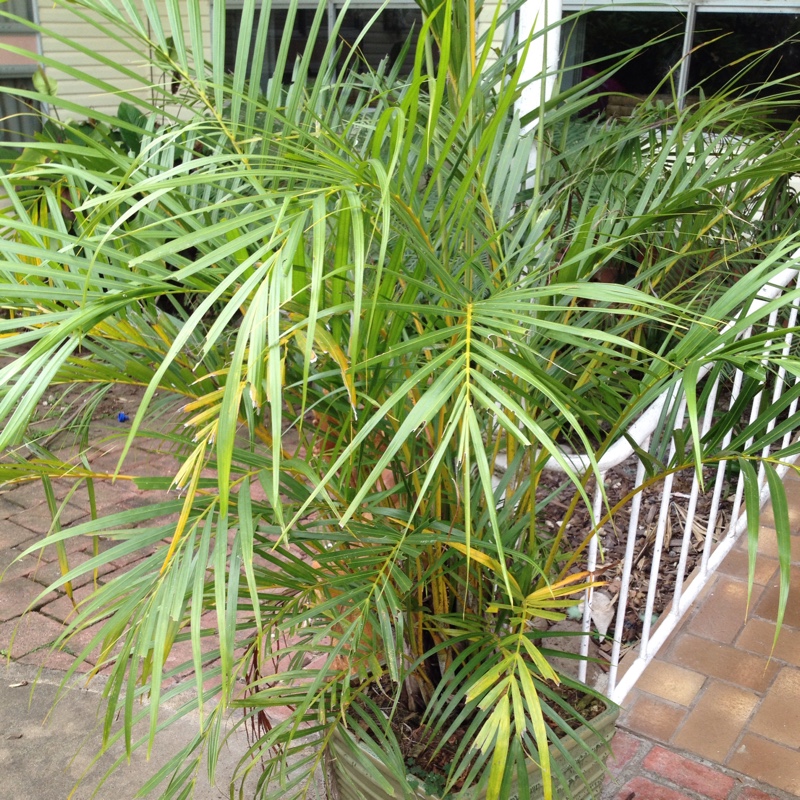
Dypsis lutescens syn. Chrysalidocarpus lutescens, Areca lutescens
Golden Cane Palm
The Areca Palm is grown as an ornamental plant in gardens in tropical and subtropical regions, and elsewhere indoors as a houseplant. However, they are not the best palms to grow as houseplants, for two reasons: they need fairly bright light and they are especially sensitive to the buildup of fertiliser salts.
Contributed by @vette
-
Partial shade
-
Occasional watering
-
Not Frost hardy
-
Moist and free draining
Common name
Golden Cane Palm
Latin name
Dypsis lutescens syn. Chrysalidocarpus lutescens, Areca lutescens
type
Palm
family
Arecaceae
ph
5.0 - 7.0 Acid - Neutral
Plant & bloom calendar
-
Best time to plant
full grown dimensions
 0.50 M
3.00 M
0.50 M
3.00 M
Dypsis lutescens syn. Chrysalidocarpus lutescens, Areca lutescens
The Areca Palm is grown as an ornamental plant in gardens in tropical and subtropical regions, and elsewhere indoors as a houseplant. However, they are not the best palms to grow as houseplants, for two reasons: they need fairly bright light and they are especially sensitive to the buildup of fertiliser salts.
Planting as a houseplant
From Early Spring TO Early Spring
The plant likes a tight container, and crowded roots help limit the size of the plant. Repot every two years. The main reasons for repotting is to replace the aged potting soil and remove fertilizer salt deposits that build up in the soil and on the sides of the pot. Use a palm potting soil or a general purpose mix amended with a handful of clean builder’s sand.



























